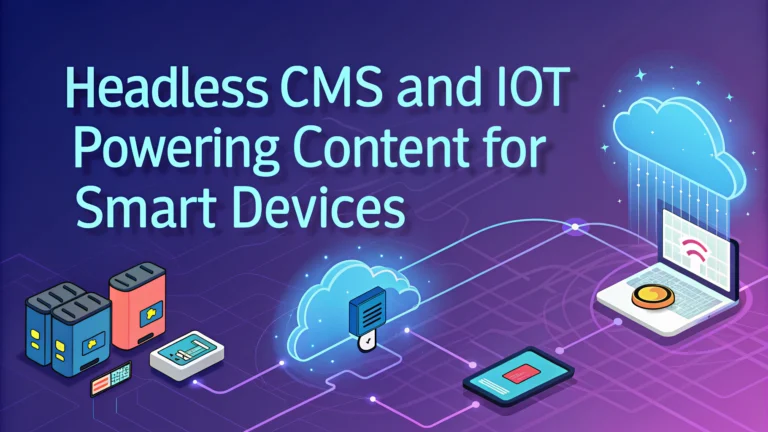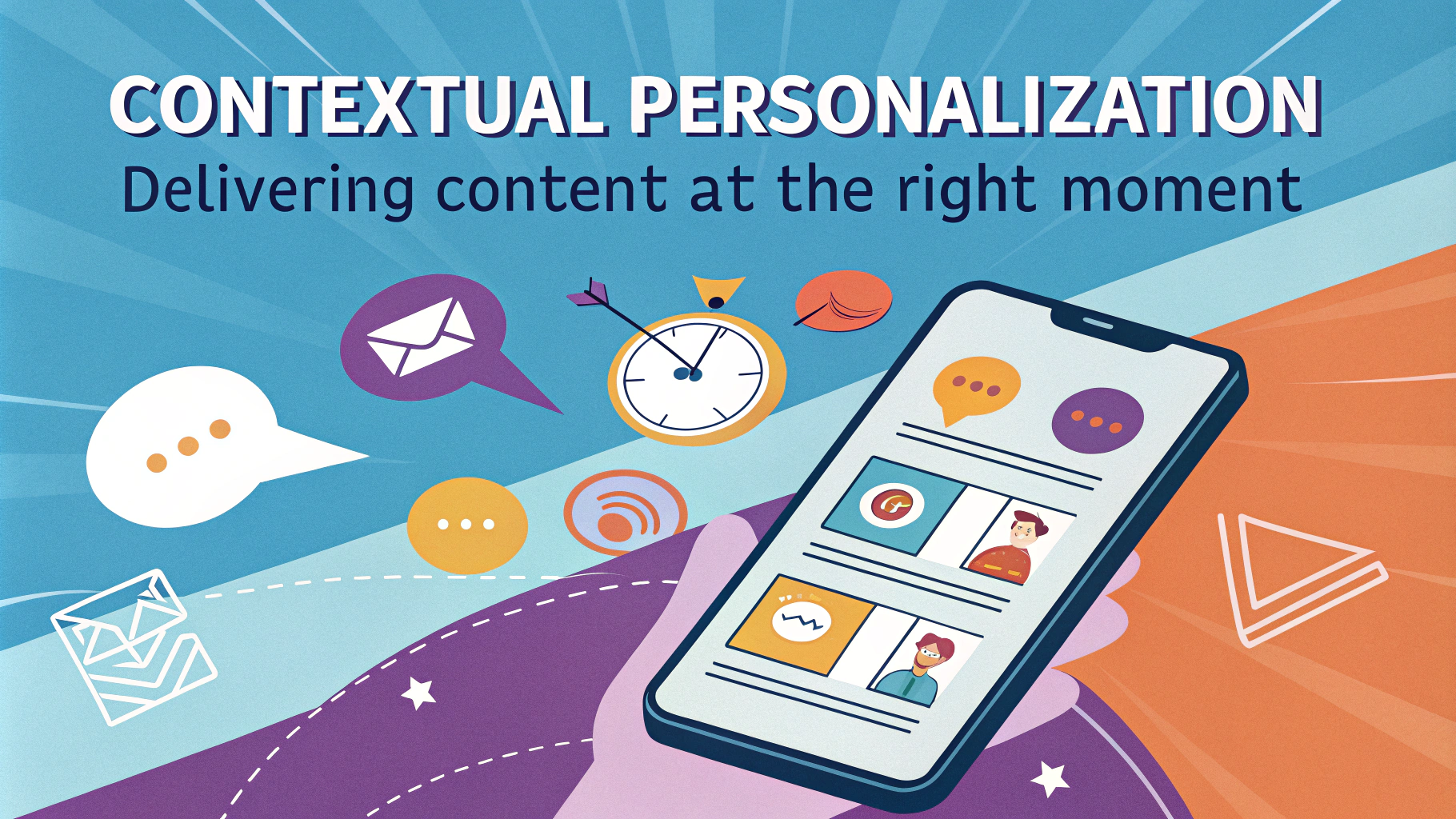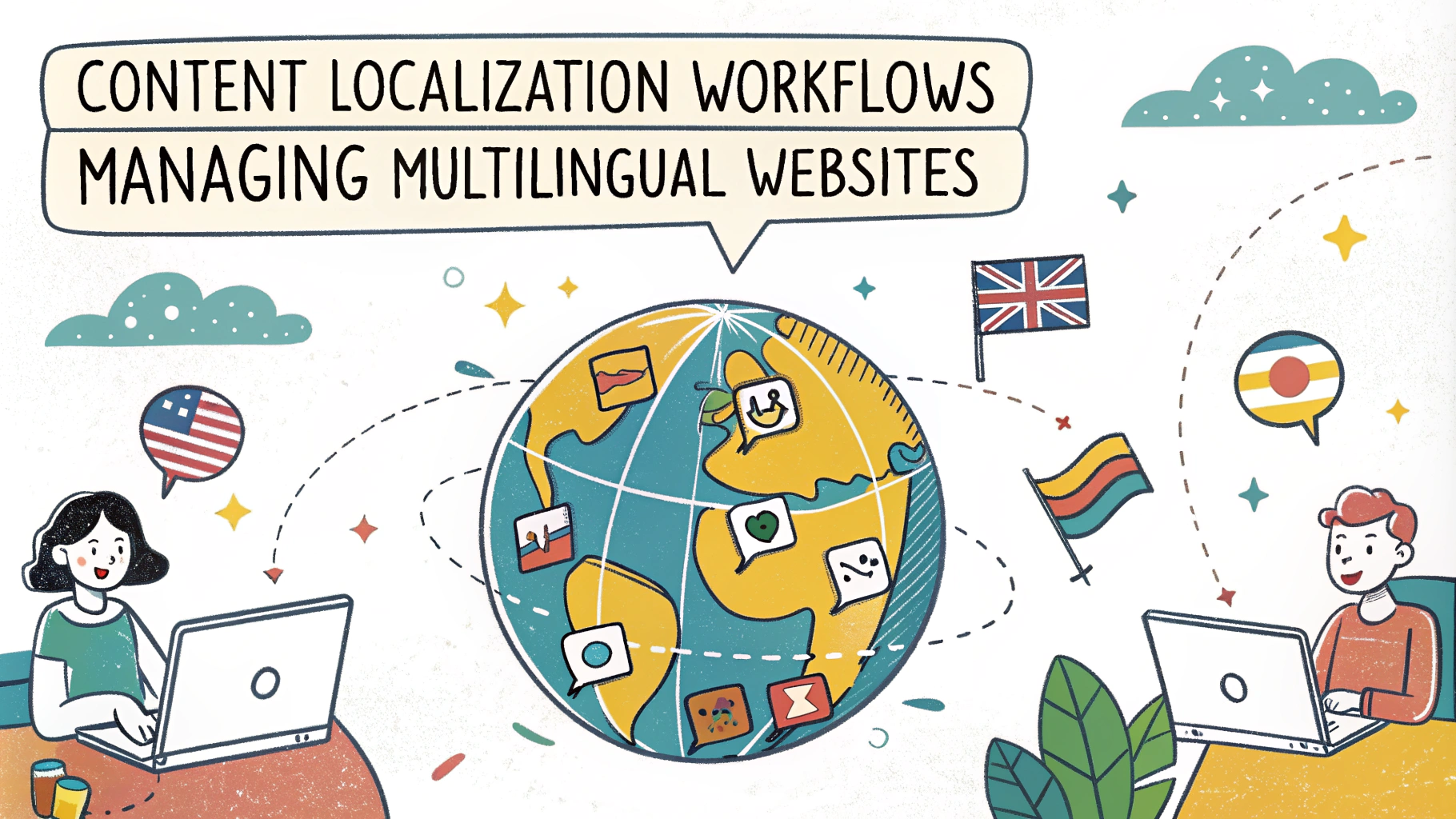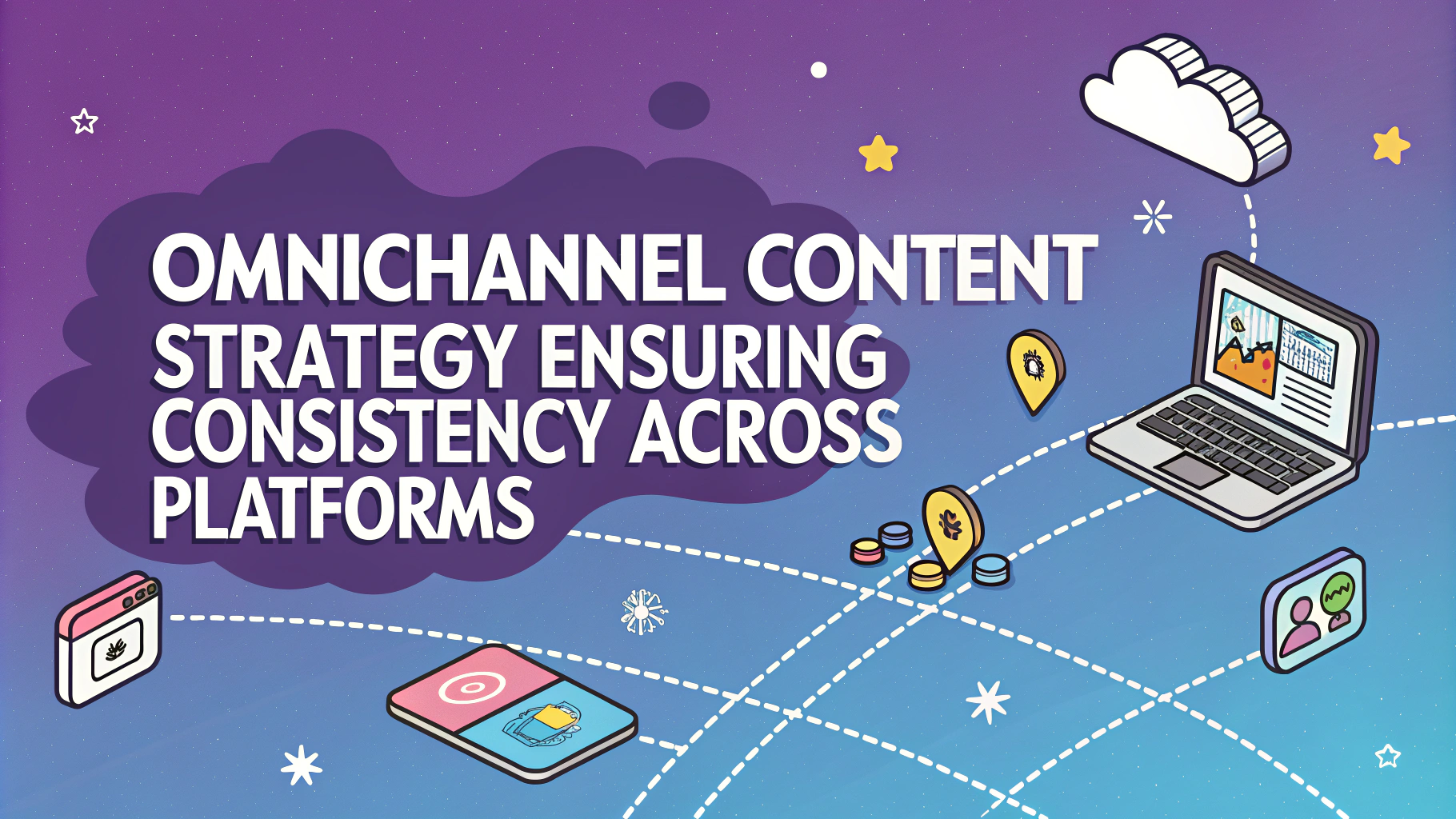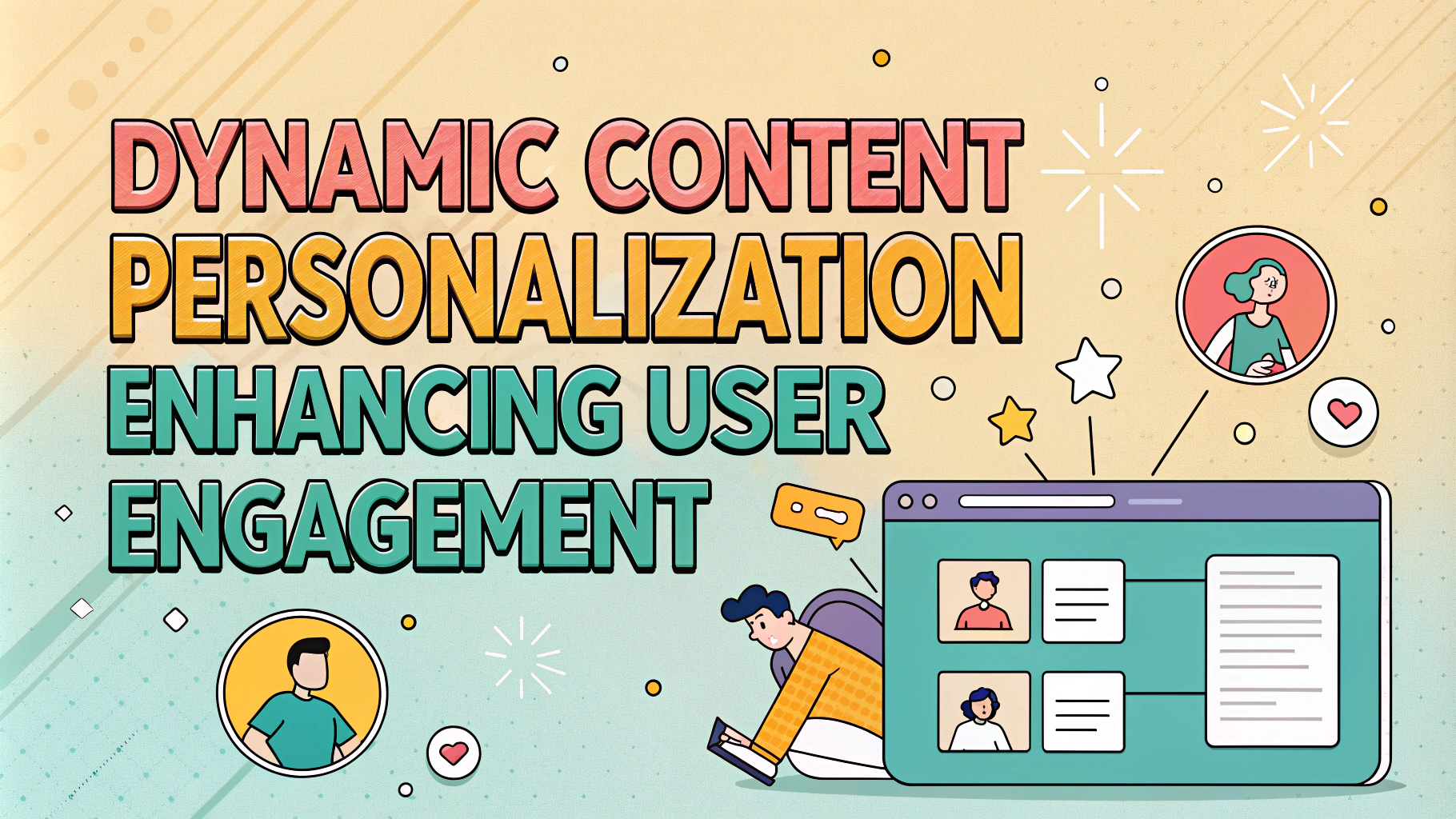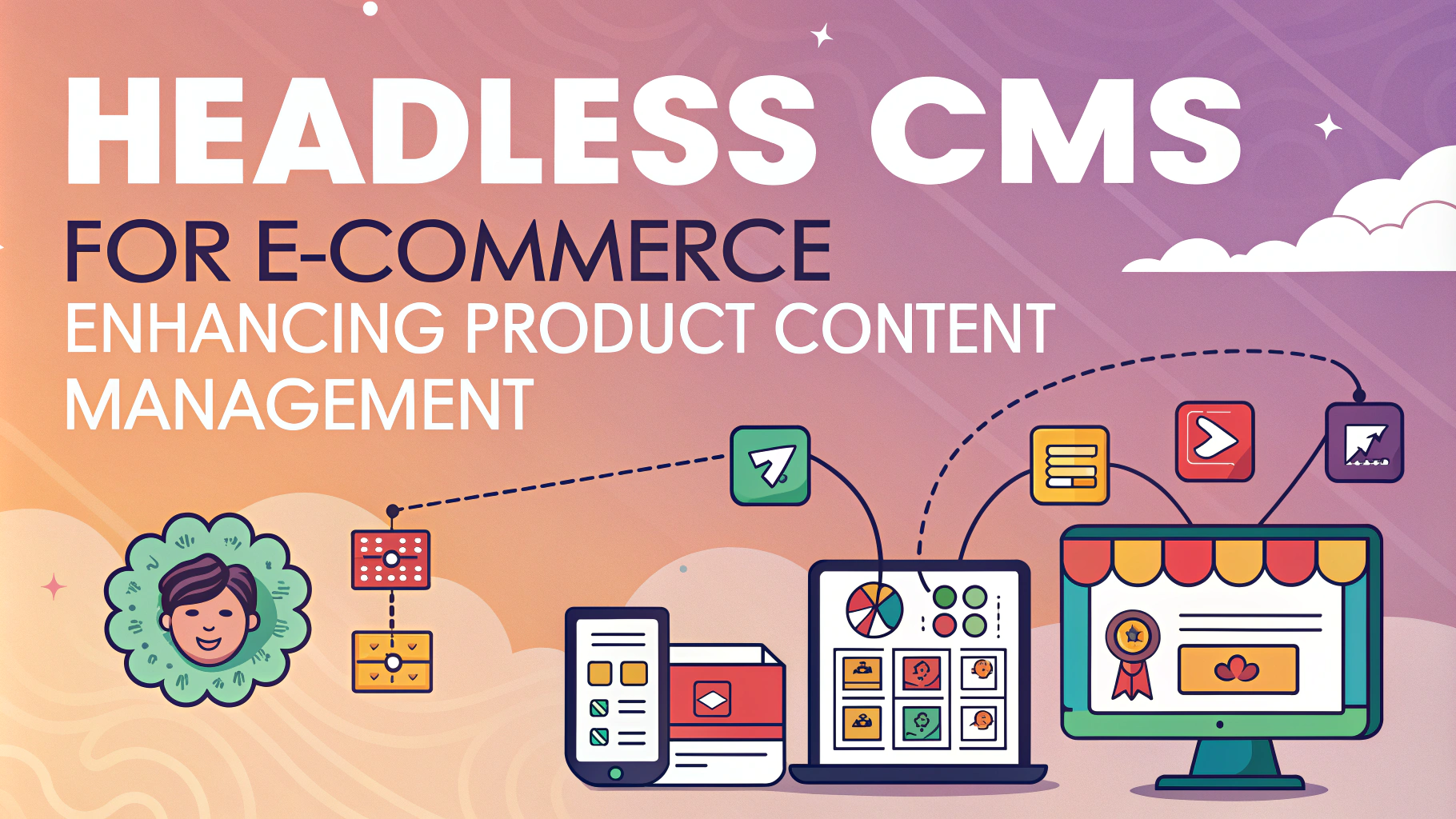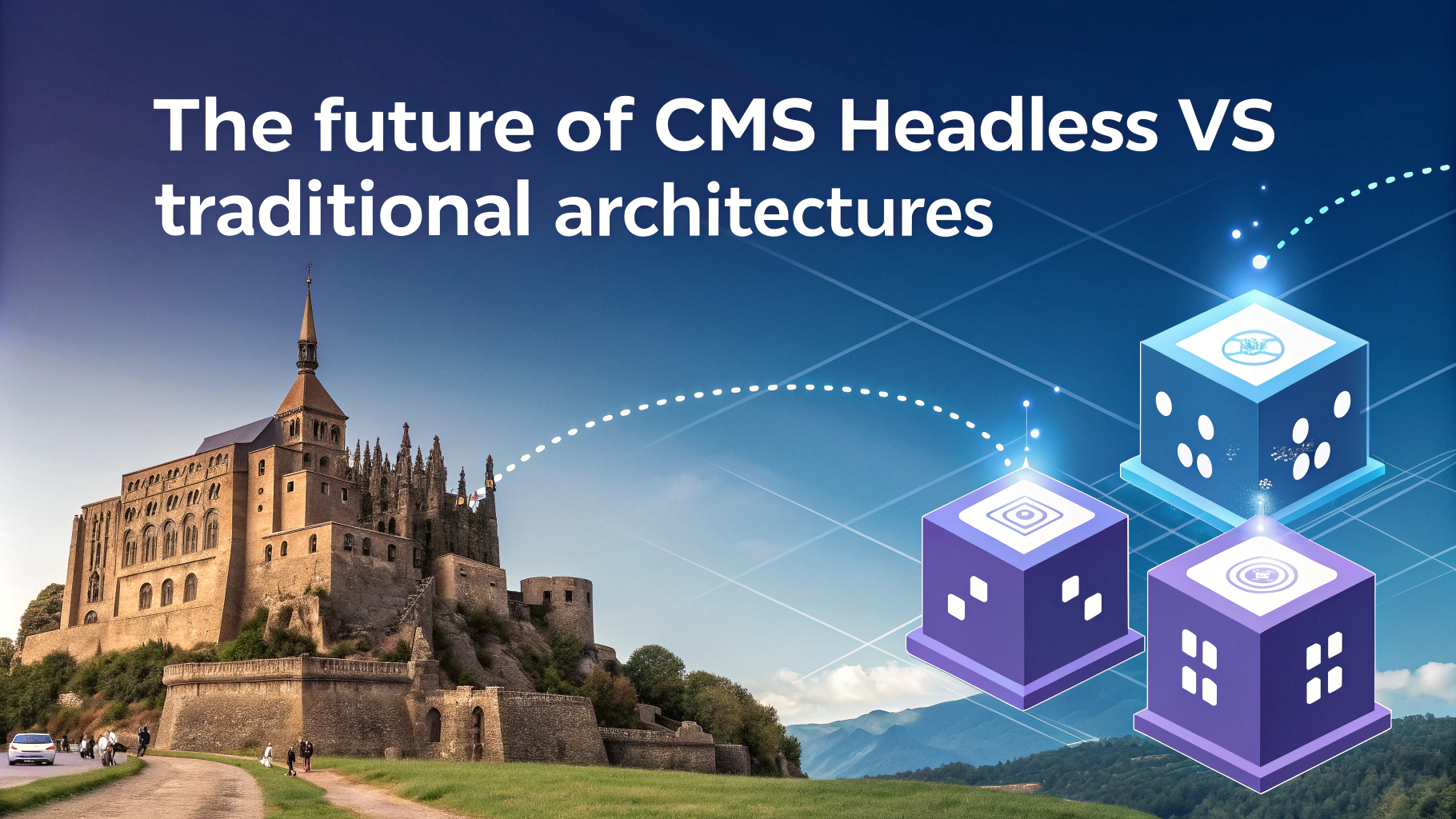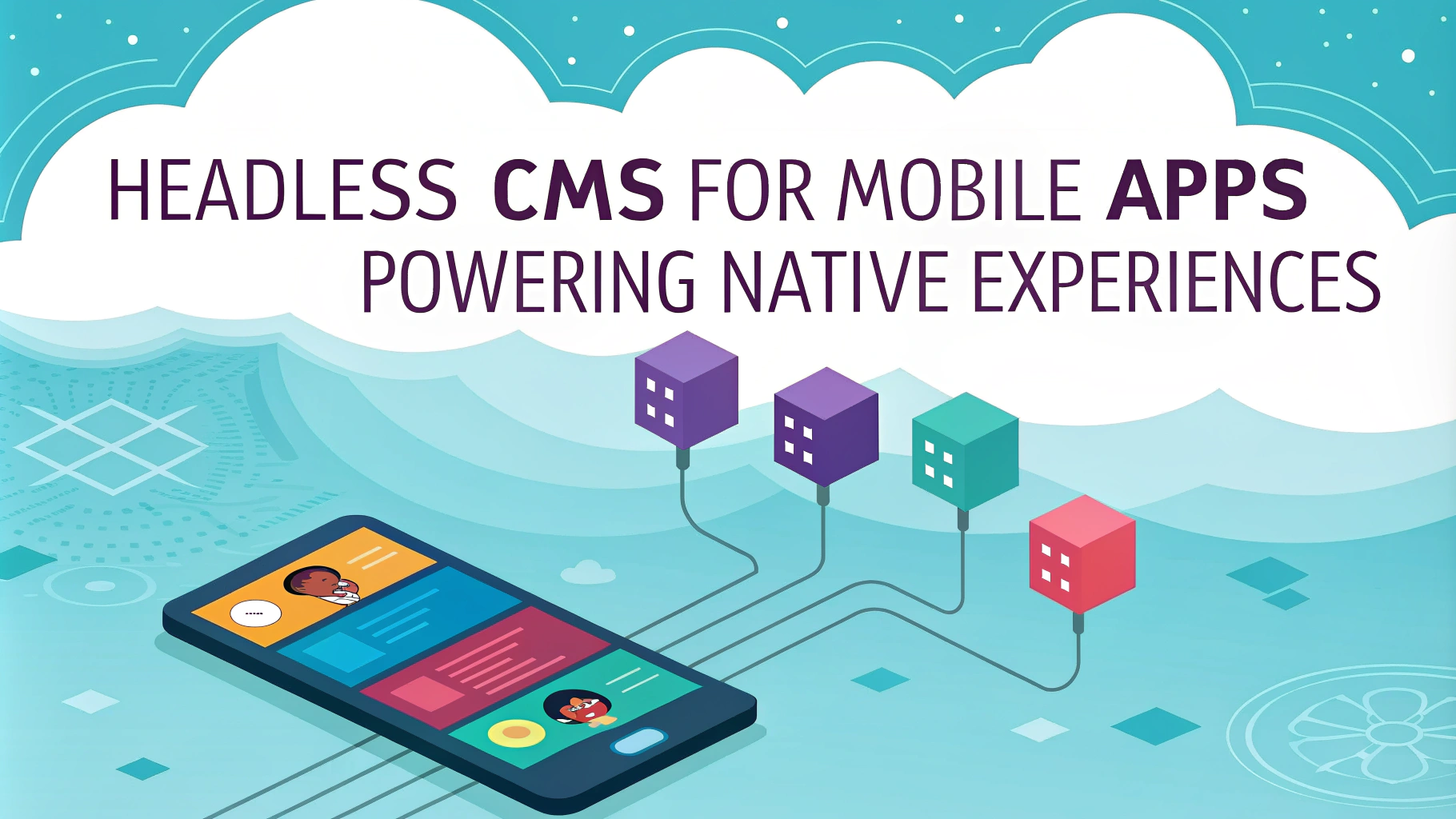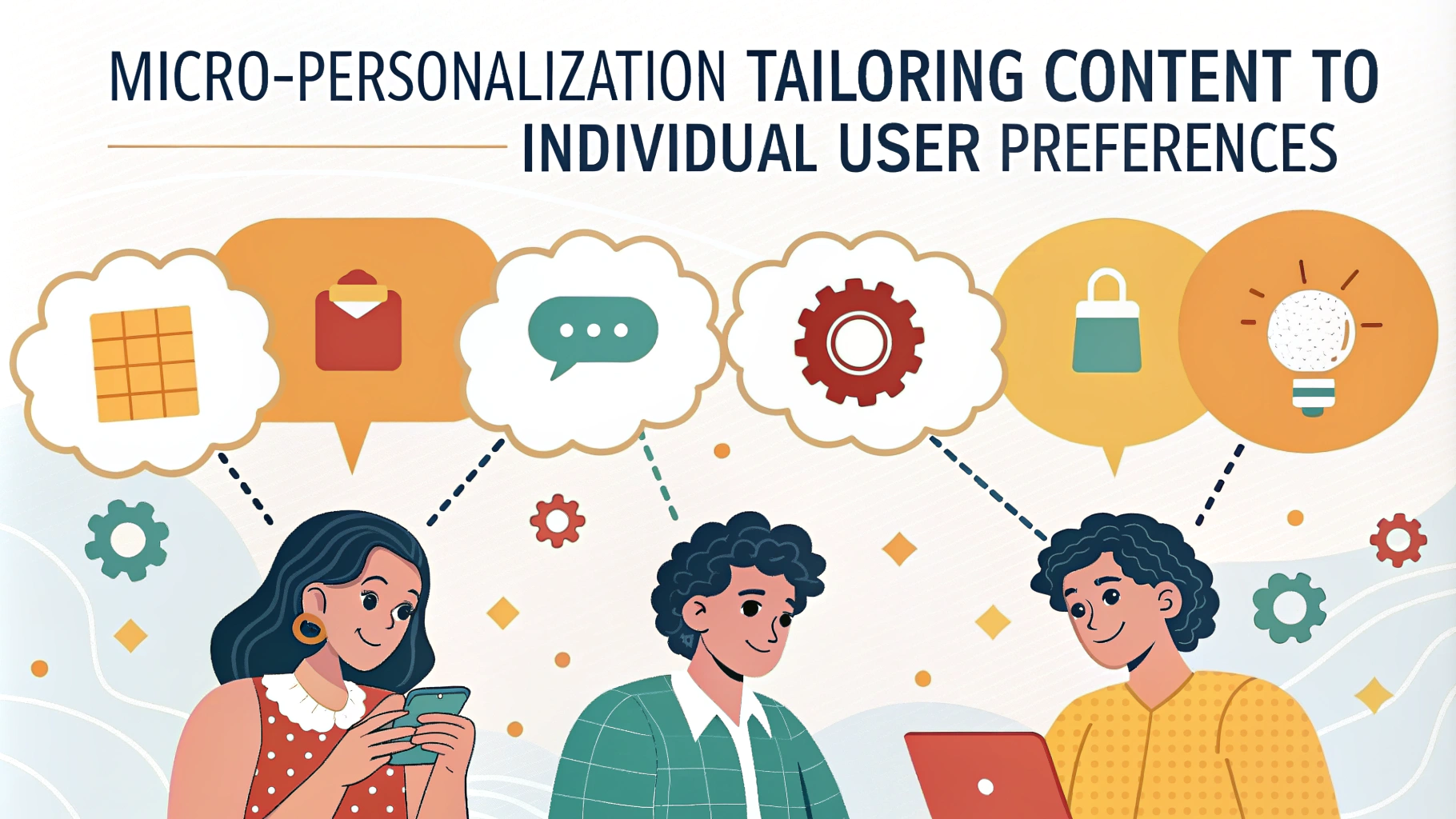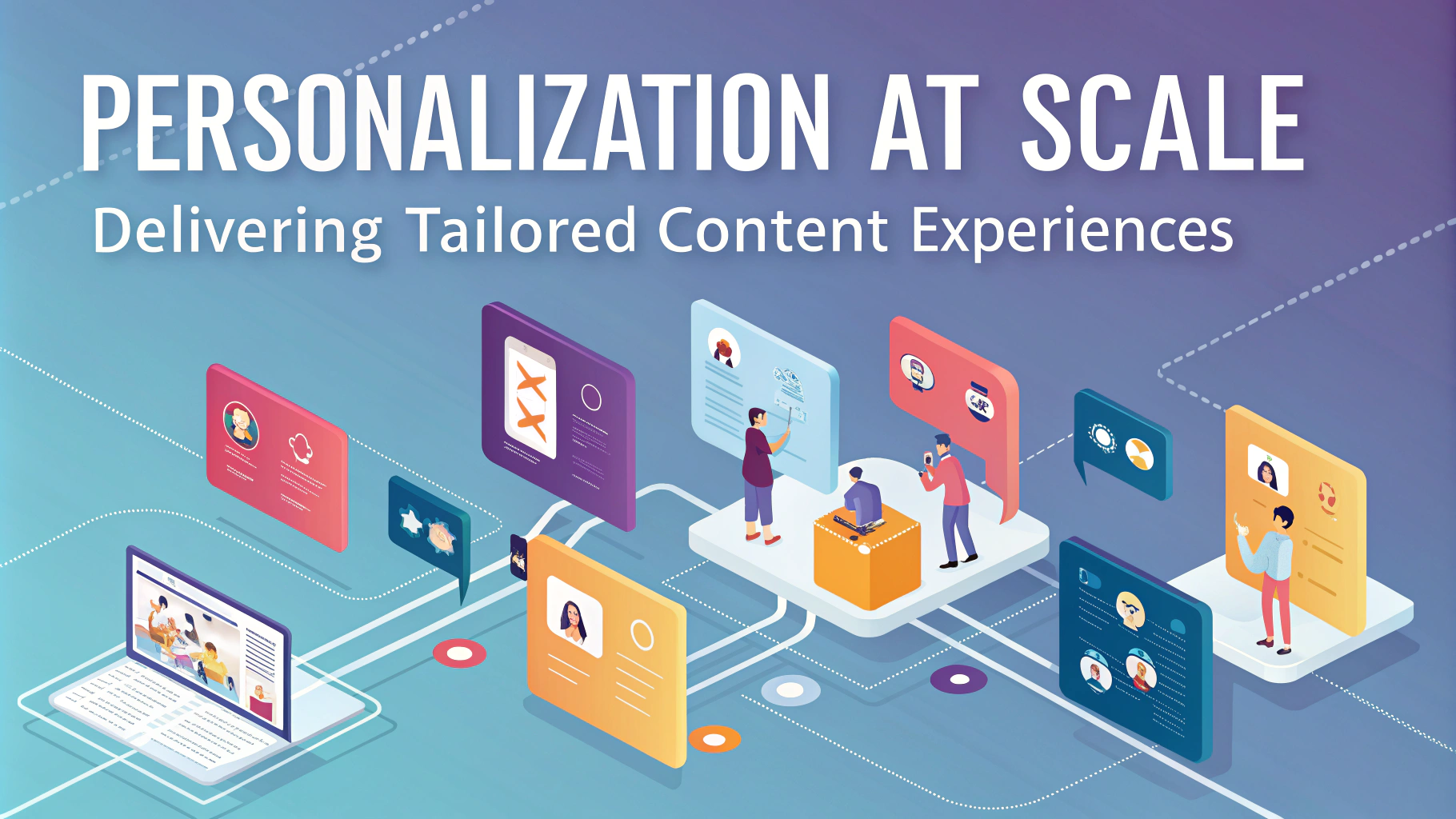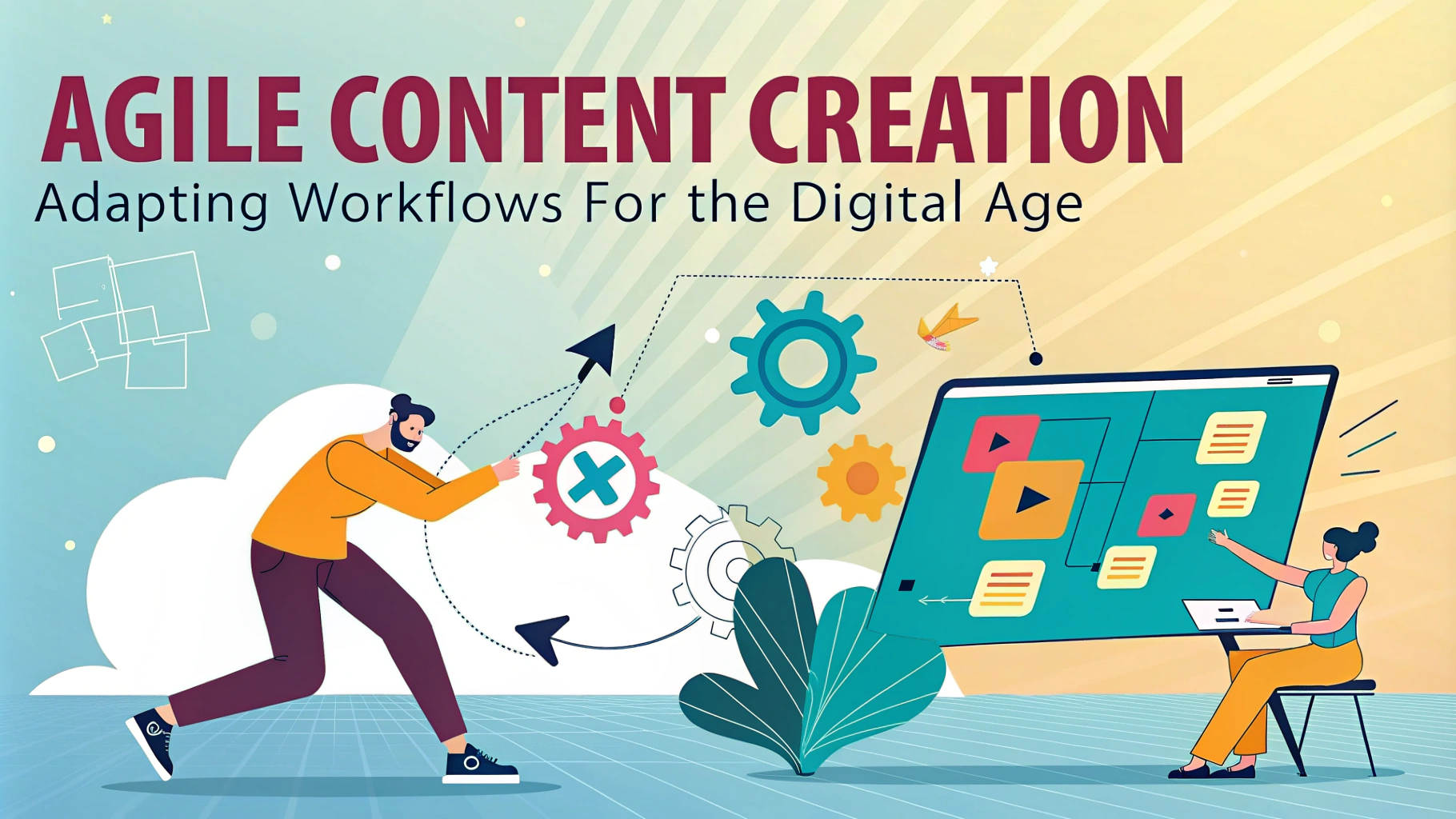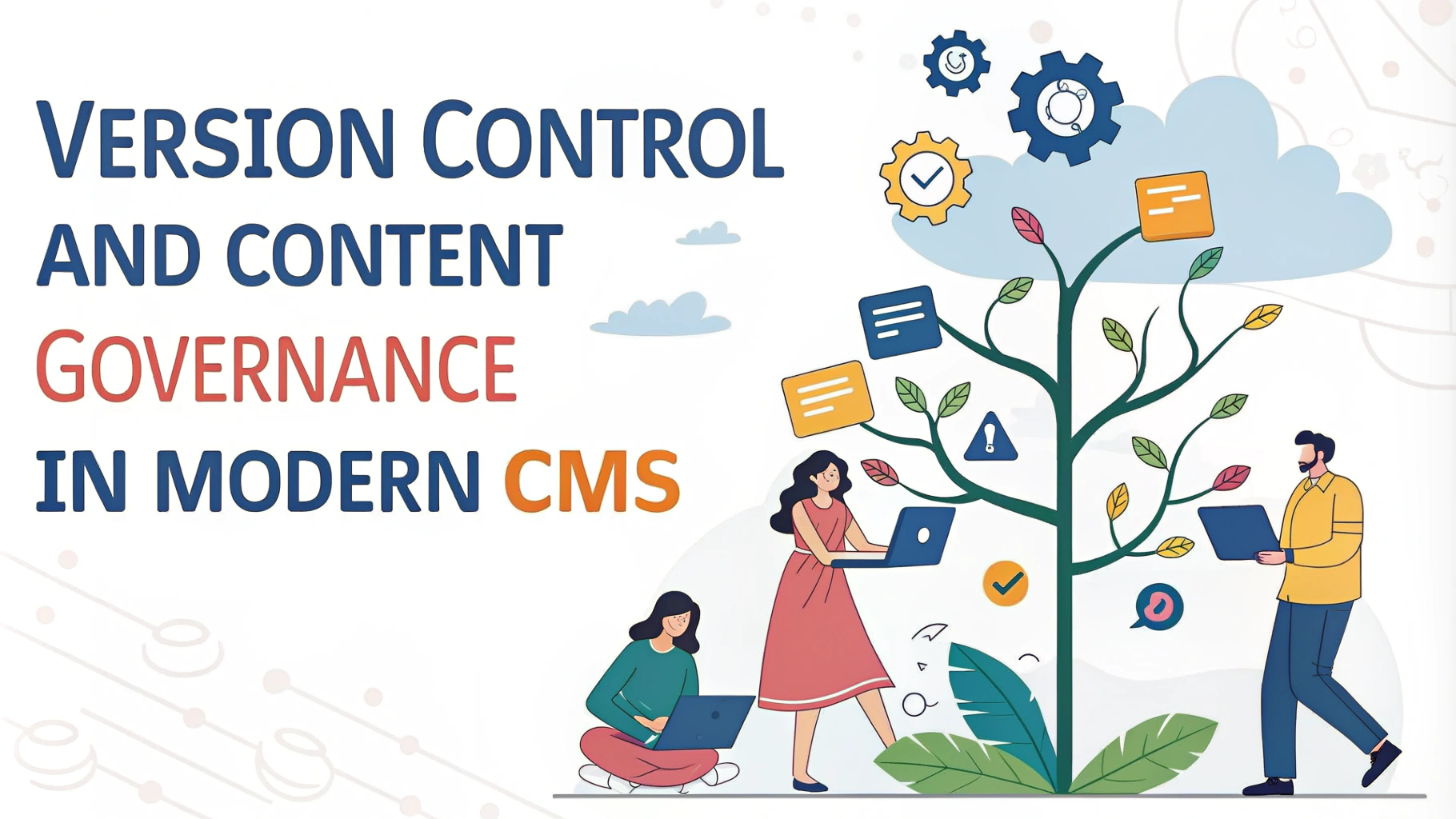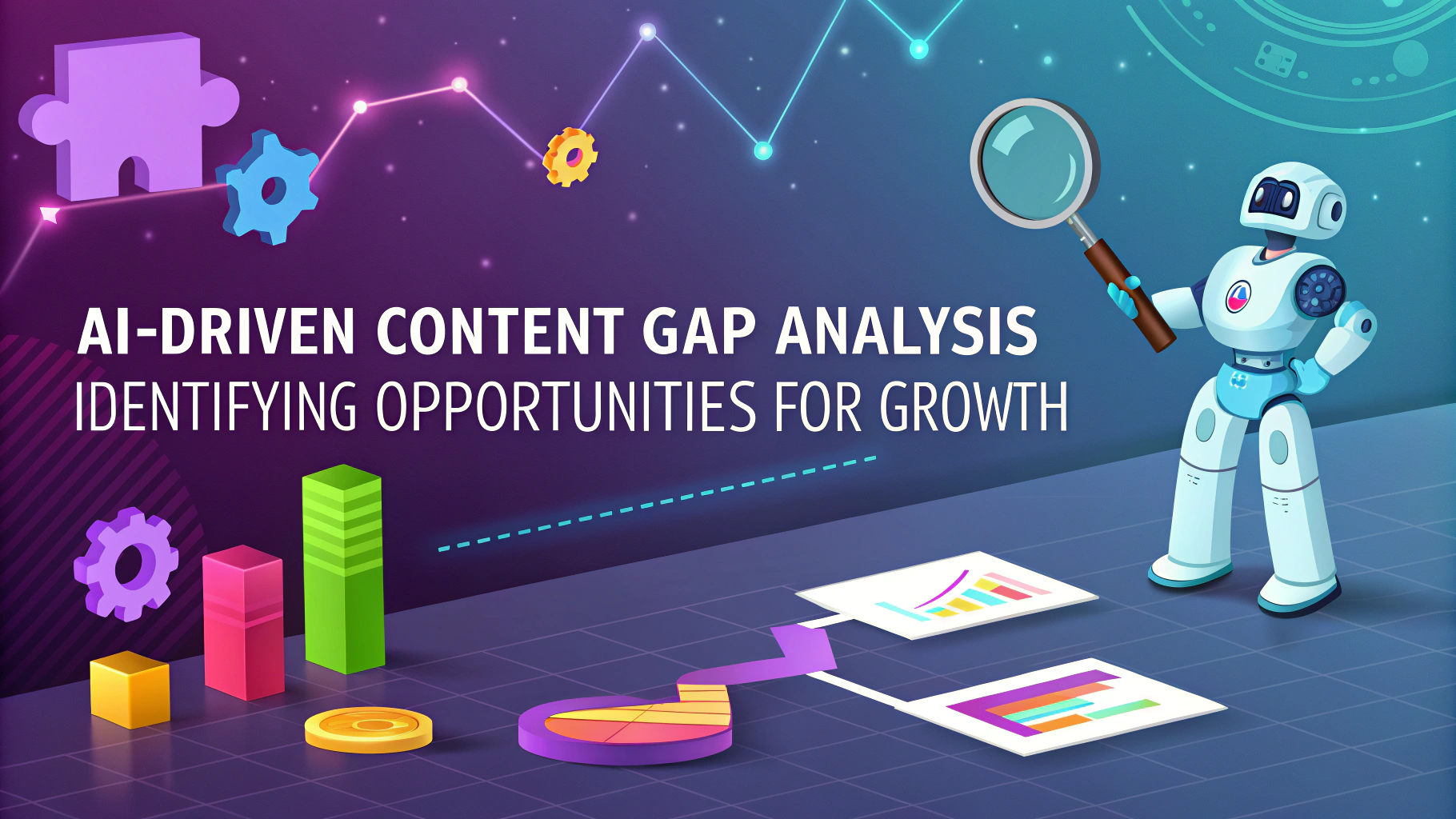Headless CMS is revolutionizing content management for IoT devices. This article explores how API-first approaches and flexible content architectures are powering smart devices and transforming user experiences.
We’ll cover key benefits, implementation strategies, and real-world applications of headless CMS in IoT. Learn how to leverage this technology to create seamless, personalized content across diverse smart devices.
Understanding Headless CMS and Its Role in IoT
Headless CMS separates content creation from presentation, allowing for greater flexibility in content delivery. This decoupled architecture is particularly valuable in IoT scenarios, where content needs to be adapted for various device types and screen sizes.
Key features of headless CMS for IoT:
- API-first approach
- Device-agnostic content delivery
- Scalability for large-scale IoT deployments
- Real-time content updates
Benefits of Headless CMS for Smart Devices
Flexibility is the primary advantage of headless CMS in IoT environments. Content can be easily repurposed and delivered to multiple devices without redesigning for each platform.
Additional benefits include:
- Improved performance and faster load times
- Enhanced security through decoupled systems
- Future-proofing content for emerging IoT technologies
- Streamlined content management workflows
Implementing Headless CMS for IoT Applications
To successfully implement headless CMS for IoT, consider the following steps:
- Choose the right headless CMS platform that supports IoT integrations
- Design a flexible content model to accommodate various device types
- Develop robust APIs for efficient content delivery
- Implement caching strategies to optimize performance
- Ensure security measures are in place to protect sensitive data
When selecting a headless CMS, look for features like real-time updates, scalability, and support for IoT-specific protocols such as MQTT or CoAP.
Content Modeling for IoT Devices
Create a content structure that’s adaptable to different smart devices:
| Content Type | Considerations |
|---|---|
| Text | Short, concise snippets for small screens |
| Images | Multiple resolutions for various display sizes |
| Audio | Compressed formats for bandwidth-limited devices |
| Video | Adaptive streaming for different network conditions |
By structuring content with IoT devices in mind, you ensure a seamless user experience across all platforms.
Optimizing Content Delivery for IoT Devices
Efficient content delivery is key to a smooth IoT experience. Here are strategies to optimize your headless CMS for IoT devices:
- Edge caching: Distribute content closer to end-users for faster access
- Content compression: Reduce file sizes to improve loading times
- Lazy loading: Load content as needed to conserve bandwidth
- Adaptive bitrate streaming: Adjust video quality based on network conditions
Implement these techniques to ensure your content reaches IoT devices quickly and efficiently.
Security Considerations for Headless CMS in IoT
Security is paramount when dealing with IoT ecosystems. Protect your headless CMS and connected devices with these measures:
- API authentication: Use secure tokens or OAuth for API access
- Encryption: Implement end-to-end encryption for data in transit
- Regular updates: Keep your CMS and IoT firmware up-to-date
- Access control: Implement role-based access to sensitive content
By prioritizing security, you safeguard both your content and your users’ data.
Real-World Applications of Headless CMS in IoT
Headless CMS powers various IoT applications across industries. Here are some examples:
| Industry | Application | Benefits |
|---|---|---|
| Retail | Smart displays and digital signage | Real-time content updates, personalized messaging |
| Healthcare | Patient information systems | Consistent data across devices, improved patient experience |
| Manufacturing | Equipment dashboards | Up-to-date operational data, multi-device accessibility |
| Smart Homes | Voice assistants and displays | Consistent user experience, flexible content delivery |
These examples show how headless CMS adapts to diverse IoT scenarios, enhancing user experiences across sectors.
Future Trends in Headless CMS for IoT
The intersection of headless CMS and IoT continues to evolve. Here are emerging trends to watch:
- AI-driven content optimization: Automatically adapt content for different IoT devices
- Voice-first content strategies: Optimize for voice-activated IoT devices
- Augmented Reality (AR) integration: Deliver immersive content experiences through IoT
- Edge computing: Process and deliver content closer to IoT devices for reduced latency
Staying ahead of these trends helps future-proof your IoT content strategy.
Conclusion
Headless CMS offers a flexible, scalable solution for managing content across IoT ecosystems. By separating content from presentation, it enables seamless delivery to diverse smart devices.
Key takeaways for implementing headless CMS in IoT:
- Choose a CMS platform with robust IoT support
- Design flexible content models for various devices
- Optimize content delivery for performance
- Prioritize security in your implementation
- Stay informed about emerging trends in the field
As IoT continues to grow, headless CMS will play an increasingly important role in creating cohesive, personalized user experiences across connected devices.

